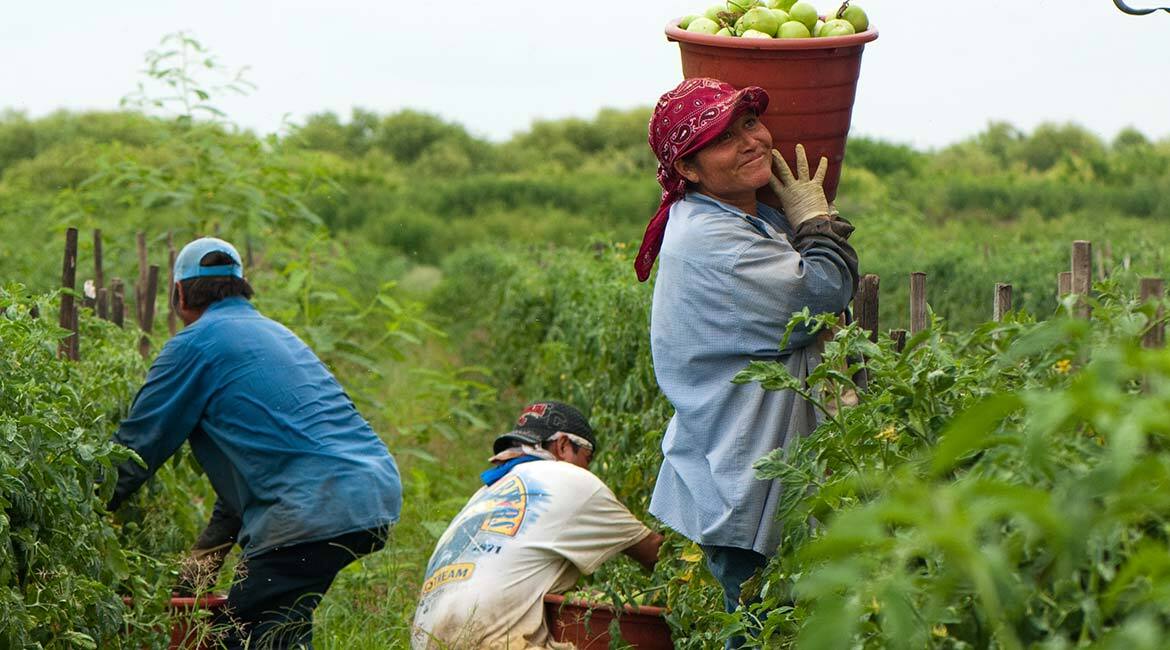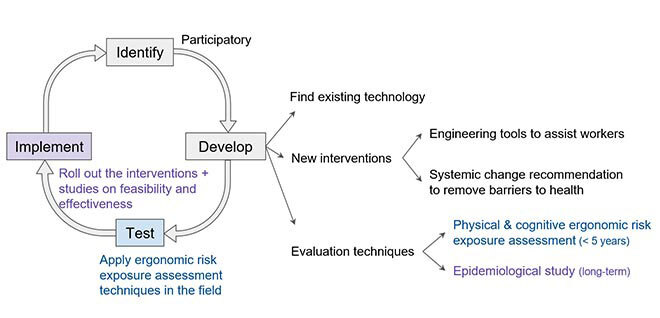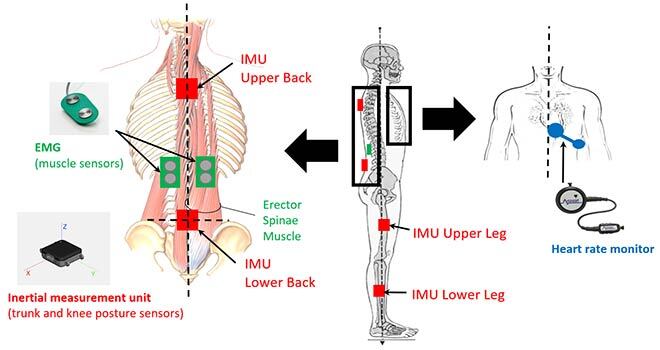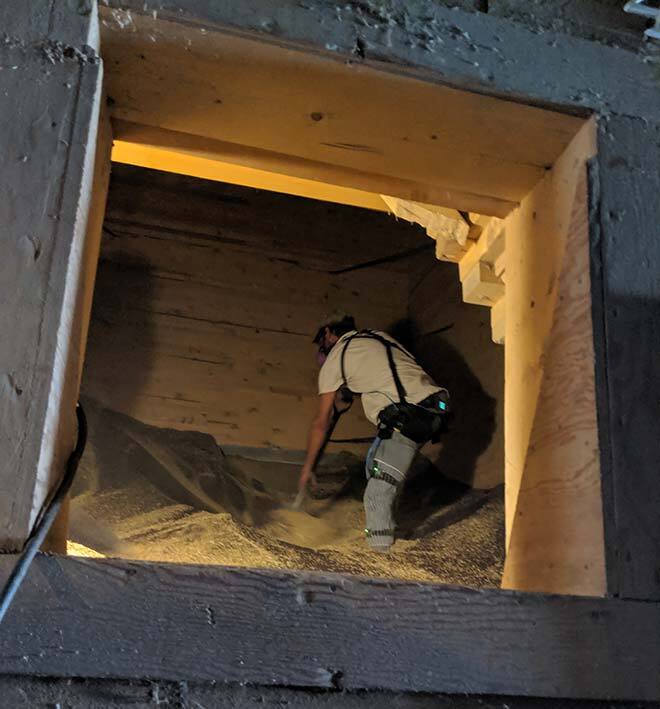Ergonomic Tools Designed for Farm Workers

Purchased on Istockphoto.com. Copyright.
Every year, our food is grown and harvested by thousands of seasonal workers who come to help our farmers. These workers, mainly from Latin America, often suffer from musculoskeletal pain caused by repetitive movements and the awkward positions necessary to perform their tasks—bending forward, squatting, lifting, kneeling…
Assistive tools such as exoskeletons could alleviate their physical strain, but there are significant challenges to overcome before they can provide any benefit. On the one hand, even if they alleviate biomechanical effort, these tools can impact movement and balance, and increase cardiovascular demand. On the other hand, they were designed and tested for a unique body type, the white male. No thought has been given to about half of the population with different body types: women and migrant workers.
A team of ÉTS researchers is working on proposing specific interventions, be they tools or recommendations, to help migrant workers in agriculture. They hope to launch a participatory field study next summer to collect qualitative and quantitative data from migrant workers. Initially, this data will be used to analyze the internal forces in different parts of the body. Later, they will be used to design solutions and validate their effectiveness.

Figure 1: Research Plan
Posture Measurements
Inertial sensors—accelerometers, gyroscopes, and magnetometers—worn on different parts of the body will measure acceleration and angular velocity of body parts, which will be used for calculating workers’ posture and movements. A person who leans forward displaces their centre of gravity. Extreme inclination of the back leads to greater moment and a greater compression force applied to the discs.
Muscle Activity Measurements
Muscle contractions generate electrical signals that can be measured by electromyography. An increase in magnitude of the signals compared to individual reference level indicates instantaneous muscle load. A decrease in the frequency over time of these signals indicates muscle fatigue.
Heart Rate Monitoring
The heartbeat gives a lot of information on how hard the body is working. The heart rate gives a snapshot of the effort level during a specific time, while the variability of the heartbeat, in other words, the time interval between each beat, is measured to assess recovery from stress.

Figure 2: Measurements on workers’ bodies
Solutions Adapted to Diversity
The data collected will also be used to model internal forces in evaluating various available solutions. If exoskeletons are one technology being considered, several barriers will need to be overcome, notably the tendency of current models to accumulate heat—not advisable in a job that already involves the risk of heat stroke. Interviews will be conducted to gather workers’ comments and provide a real solution that takes into account their level of comfort and acceptability in wearing a device. It is not up to users to adapt to existing tools, but rather for tools to be adapted to the diversity of human bodies and use cases.

Figure 3: Farm worker wearing an exoskeleton



